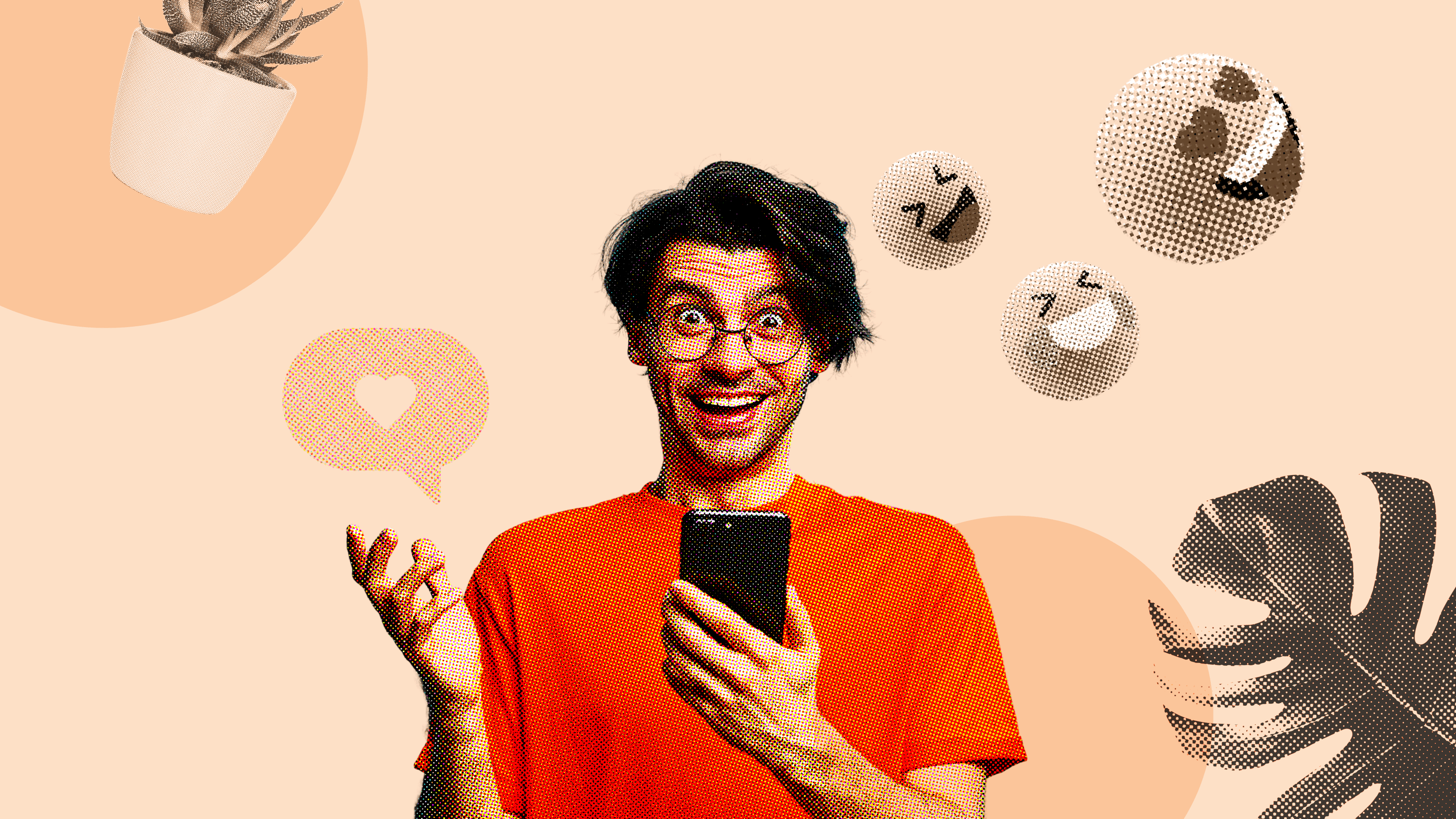Despite having hundreds of brands around us, we only find ourselves sticking to particular products from a handful of brands. Have you ever wondered why? Design influences a lot of such decisions. Now, you may ask why – the answer is Emotional Design.
Well, design is a communicative art. People who design for a specific audience are well aware that a design built with user insights is far more resonating than the design built around goals. Emotional design focuses on creating designs that evoke emotions and result in positive user experiences. It plays an essential role in shaping a product to meet users’ needs while ensuring that a brand grows with competitive advantages. With that said, here’s how you can drive user engagement by just focusing on user needs and their responses.
Response through emotions
Emotional design is often interlinked with different disciplines like Interaction Design, UX Design, Industrial Design, etc. Whenever a person interacts, they are likely to develop a response to it. This response is nothing but emotion. Hence, most designs reflect upon user reactions to build a friendly design experience throughout the user journey.

Evolution of functional design
Emotional design has evolved. What was known as functional design back in the day has evolved to emotional design today. It, too, follows the ideal of “form follows function.” Perhaps, this is what makes most of the friendly design experiences in products built using research insights. It disregards aesthetics to prioritize a purpose-influenced design.

Inspiration from a practice
Brutalism is a practice that emphasizes minimalism to produce form-focused designs. Rugged designs are put together with the least materials. Emotional design has taken a lot of notes from brutalism. The aesthetics of a product matter; so is its efficiency, understandability, and price.

Magic of motion
Most of the apps and websites that we come across today have some form of motion embedded in them. These are usually present in the form of animations and micro-interactions. Such additions help bring the essence of emotional design into apps by developing a unique personality to make them feel alive. Interaction reactions like these offer a mimicking sense of liveliness around us. Eventually, it results in users developing a human-like experience with products.

Relationship improvisation
Humans didn’t share a friendly relationship with objects and systems from the beginning. Most of the systems and machines people used to interact with in the past decade only worked on the principle of “one-way communication.” However, the introduction of virtual assistants has changed everything. Today, people can communicate with TVs, Cars, etc., thanks to AI and emotional design wonders. It ensures that people achieve their goals and are delighted at the same time.

Curious to learn about Emotional Design? Check out the exciting new course on Emotional Design on ProApp. It covers every essential concept and principle you need to know to apply emotional designs to products and produce friendly designs. So, what are you waiting for? Download ProApp and

